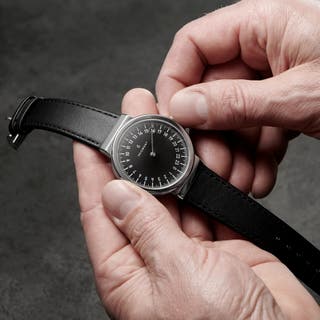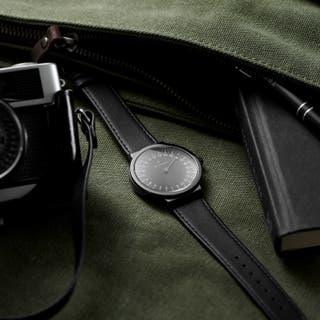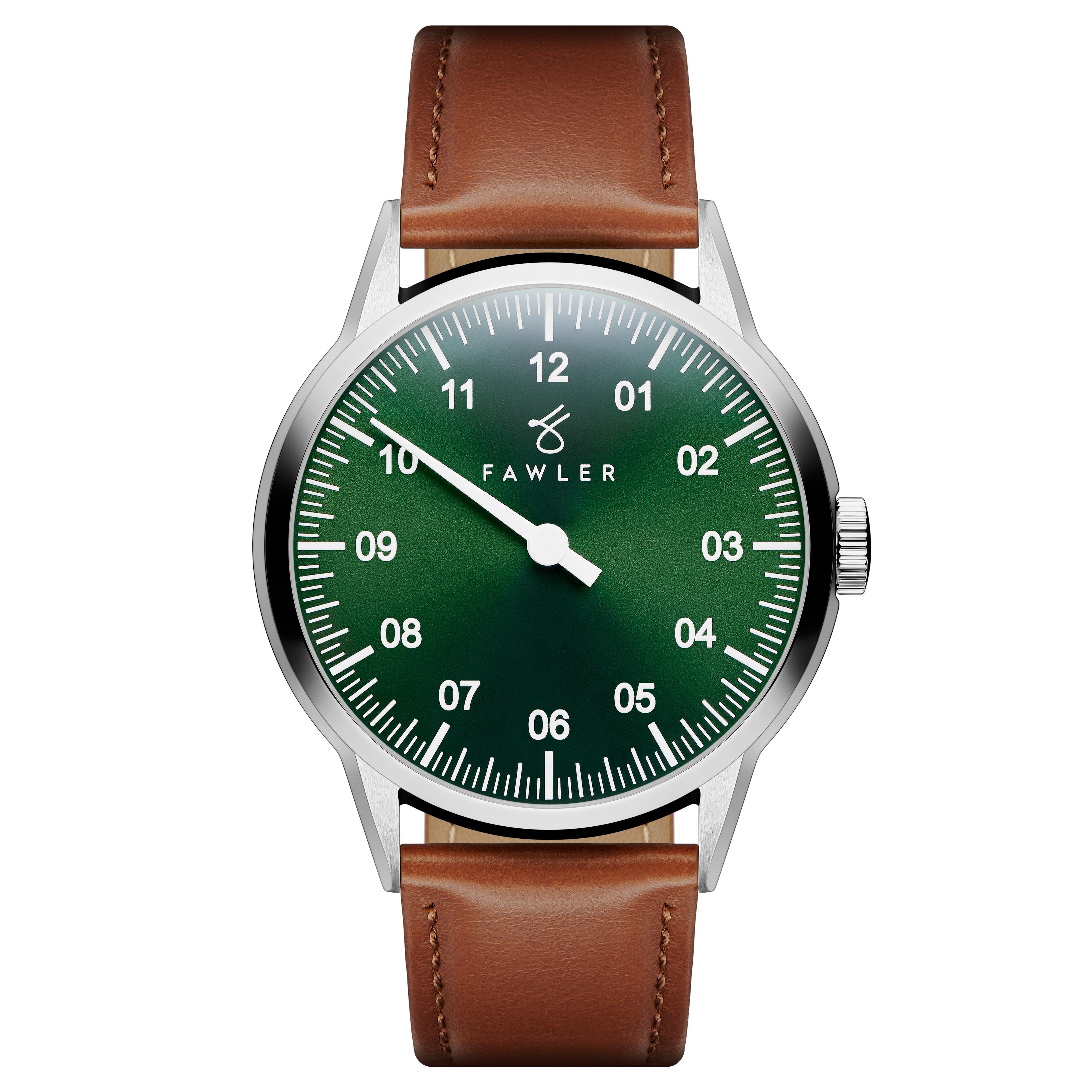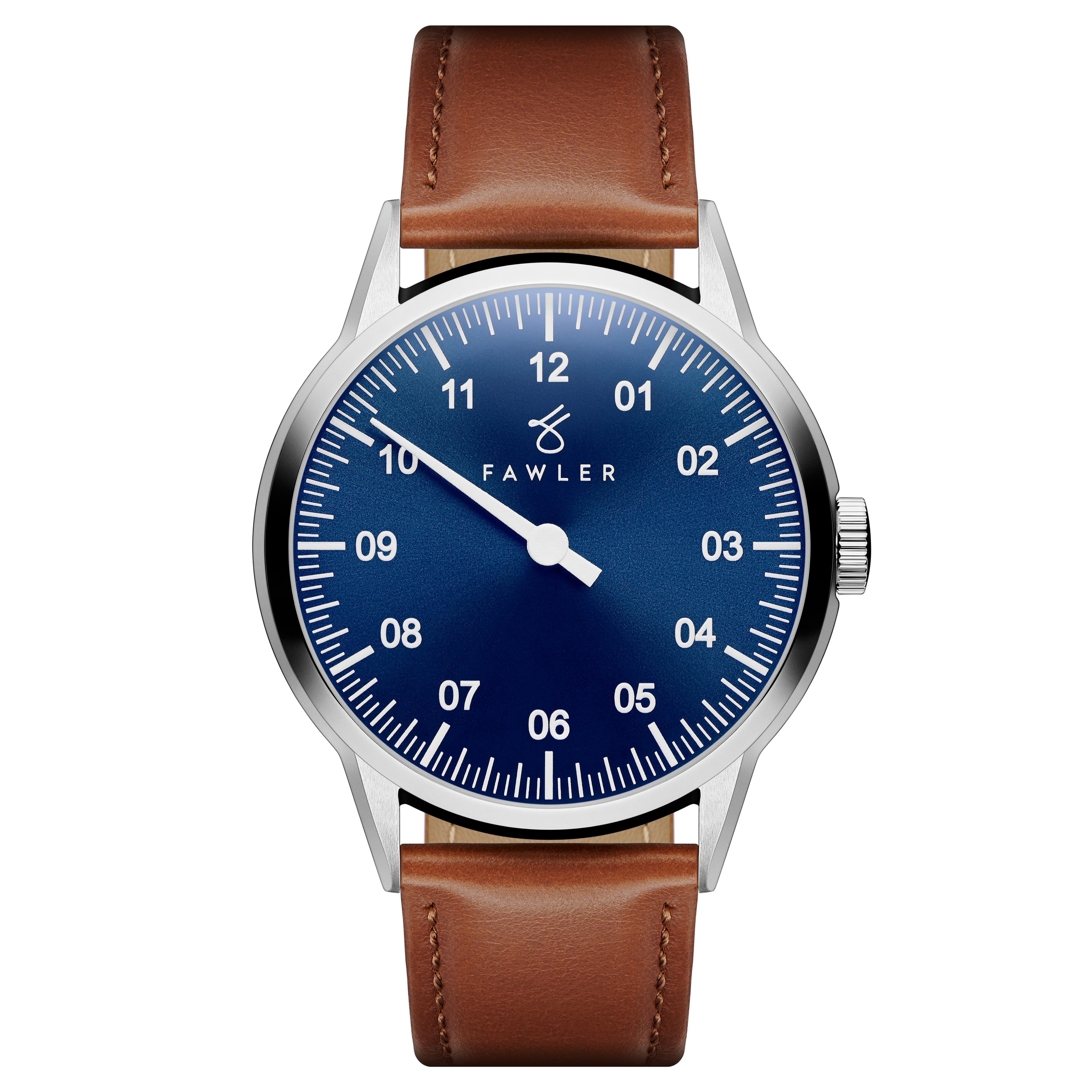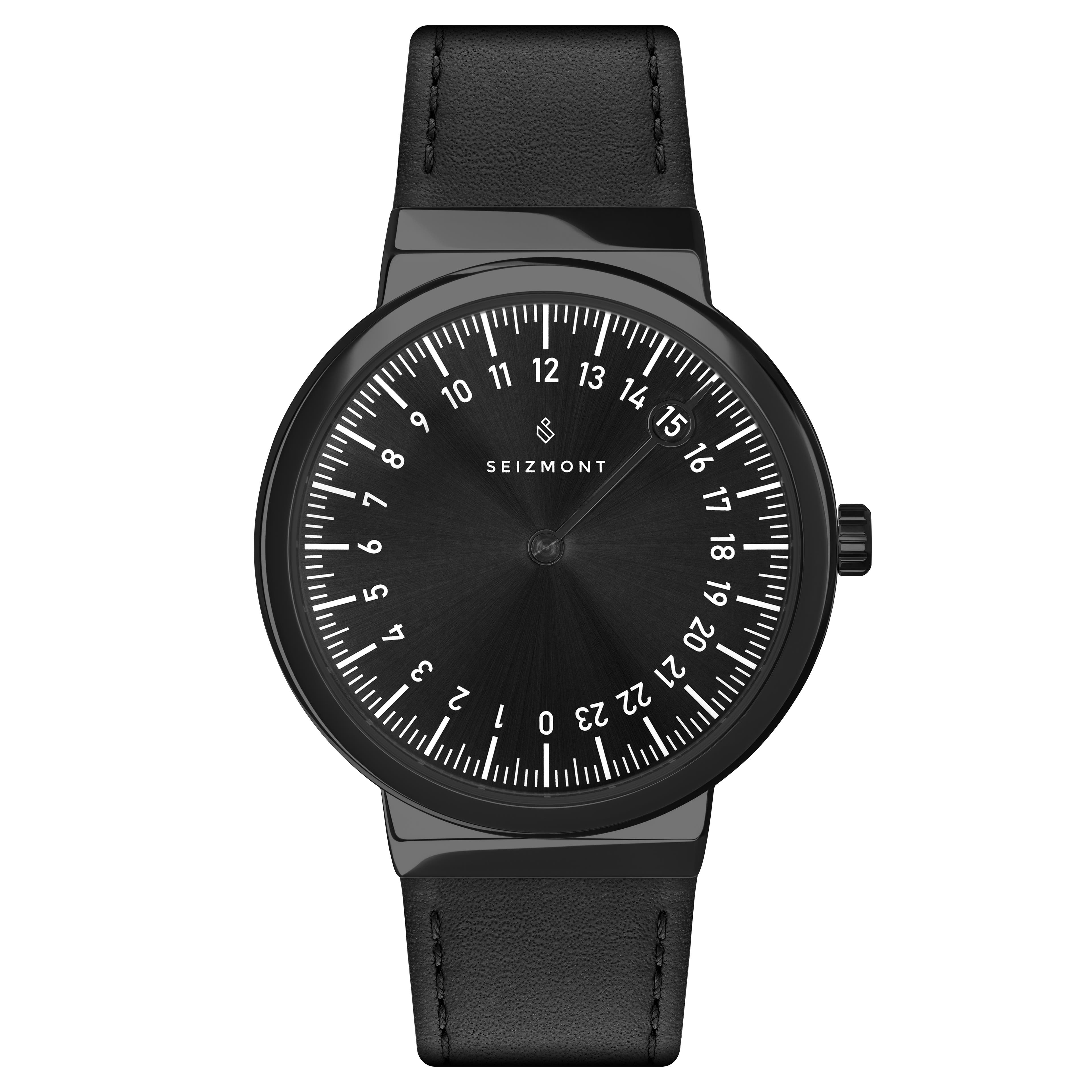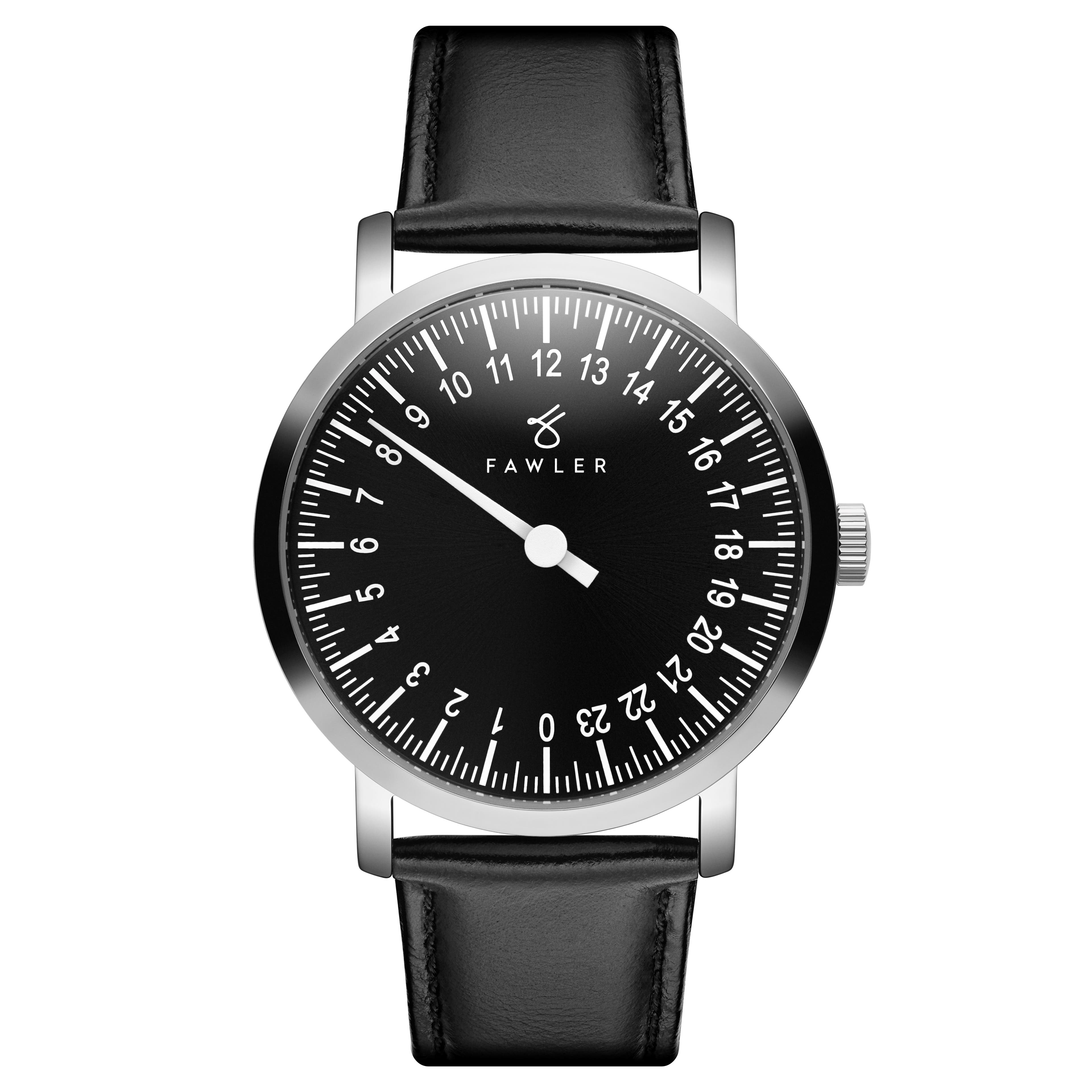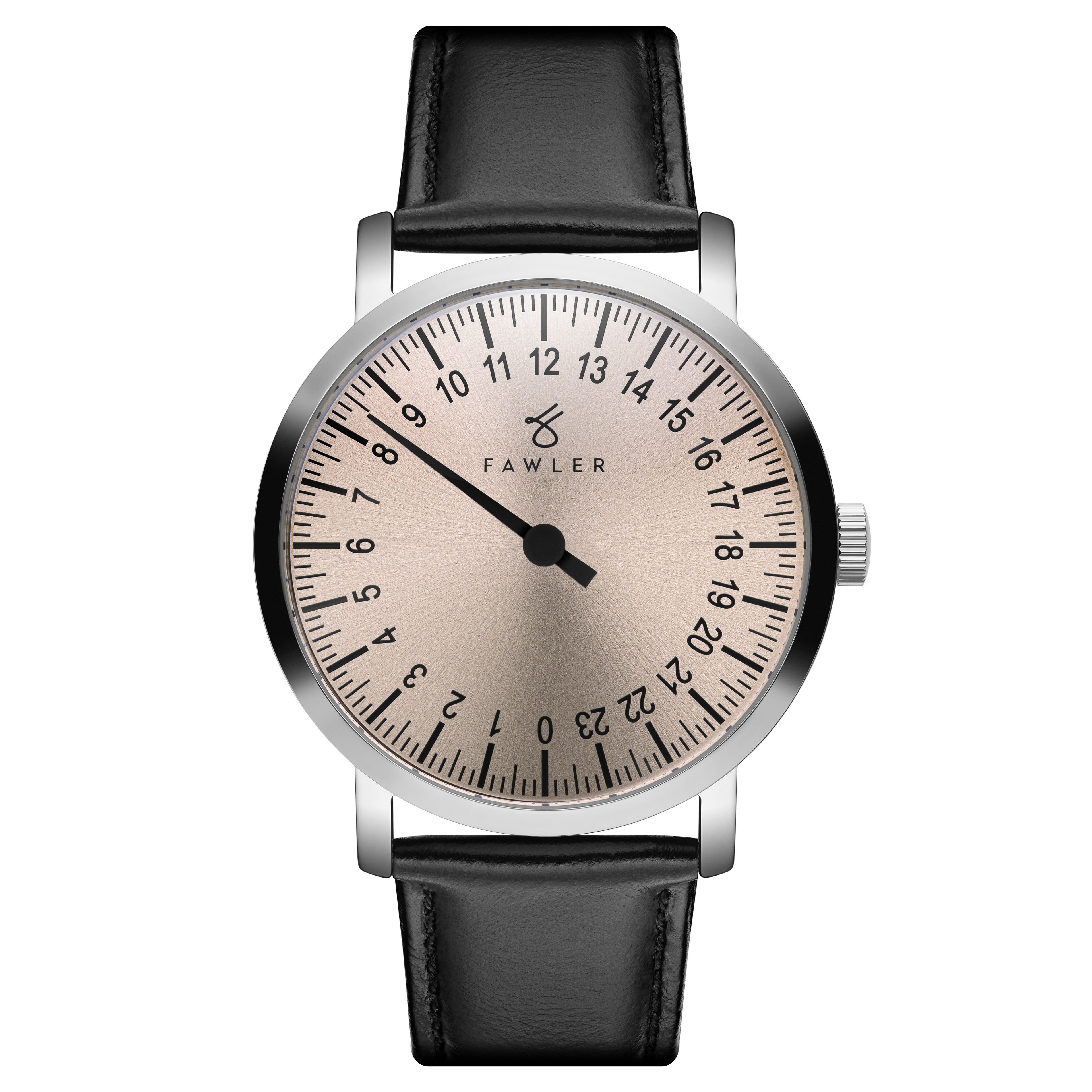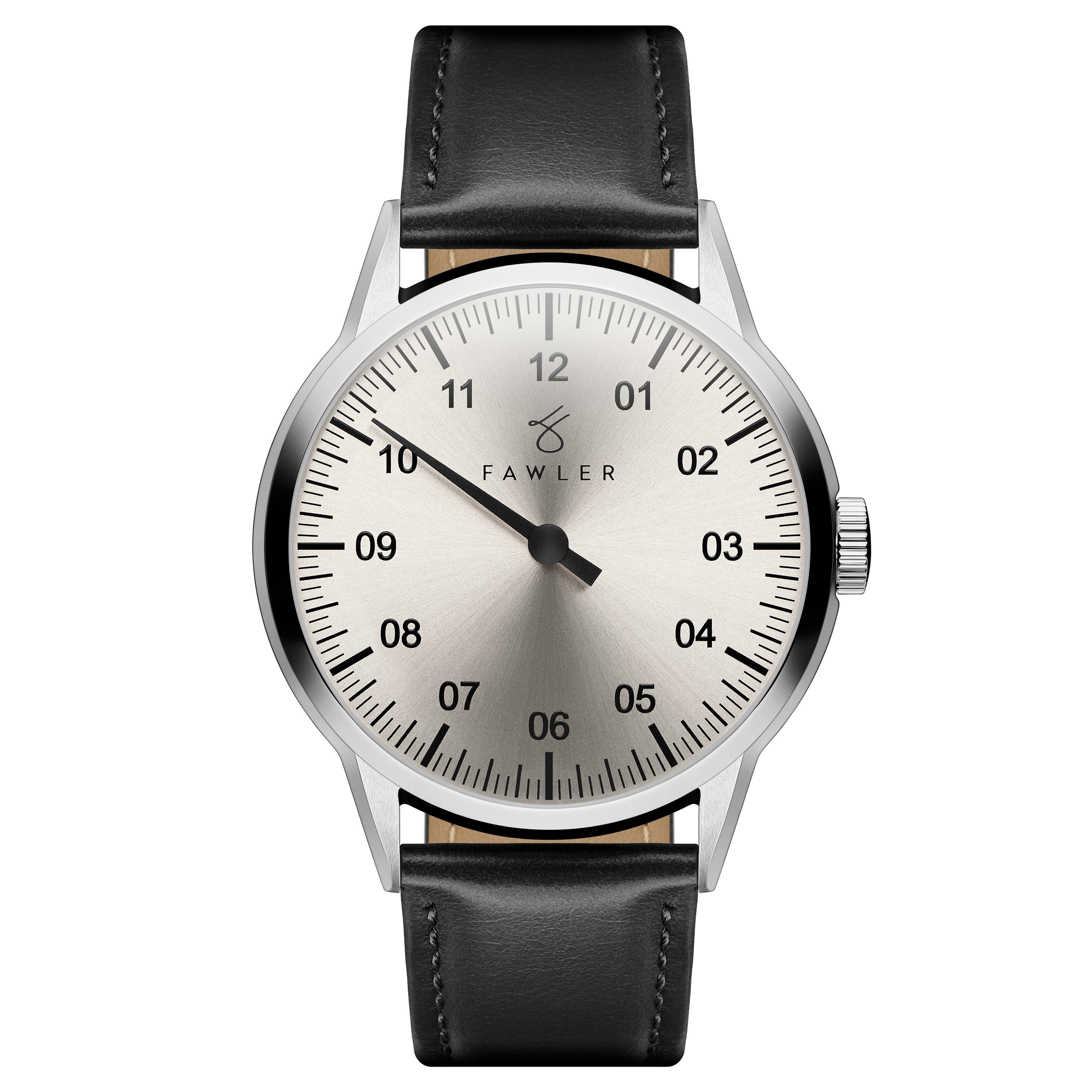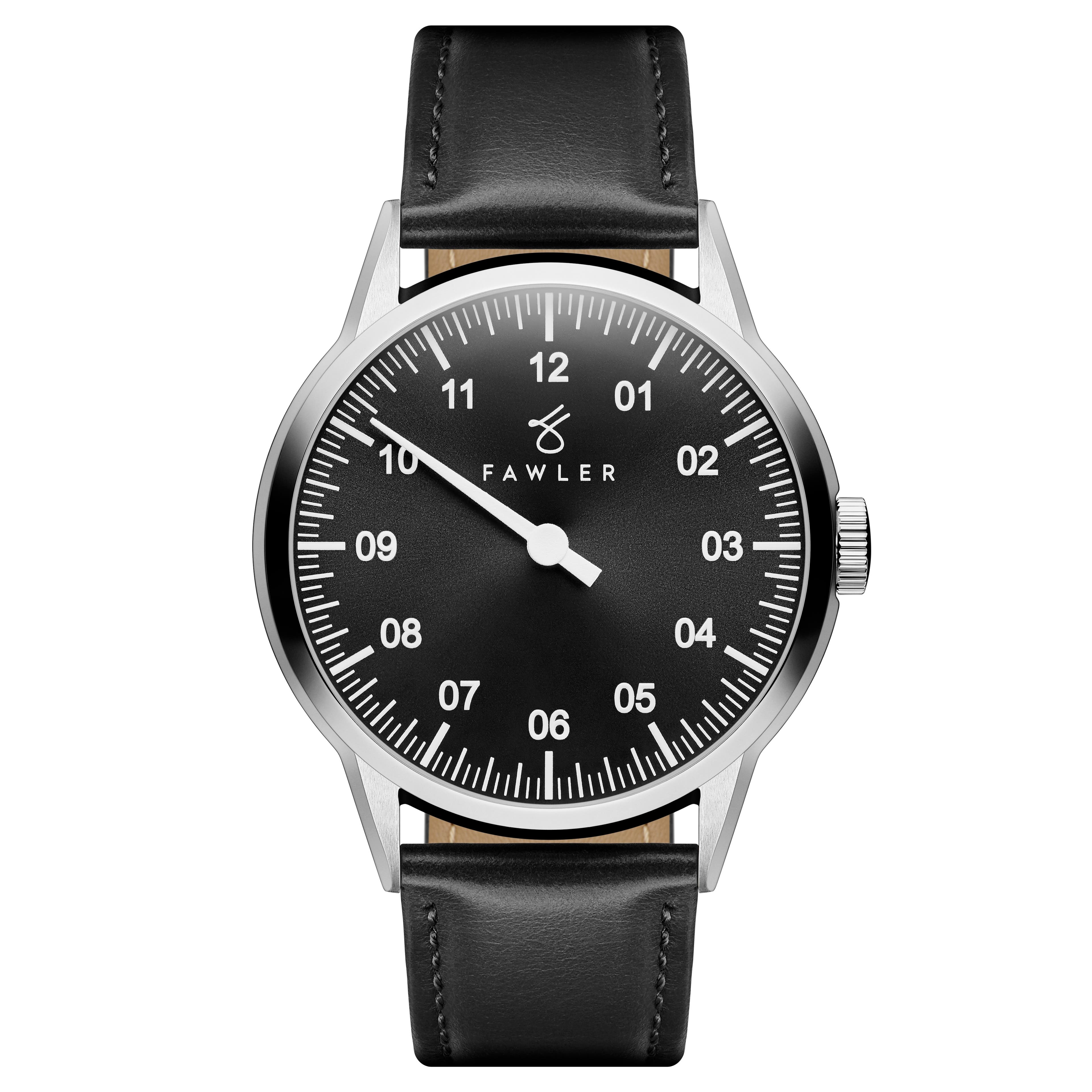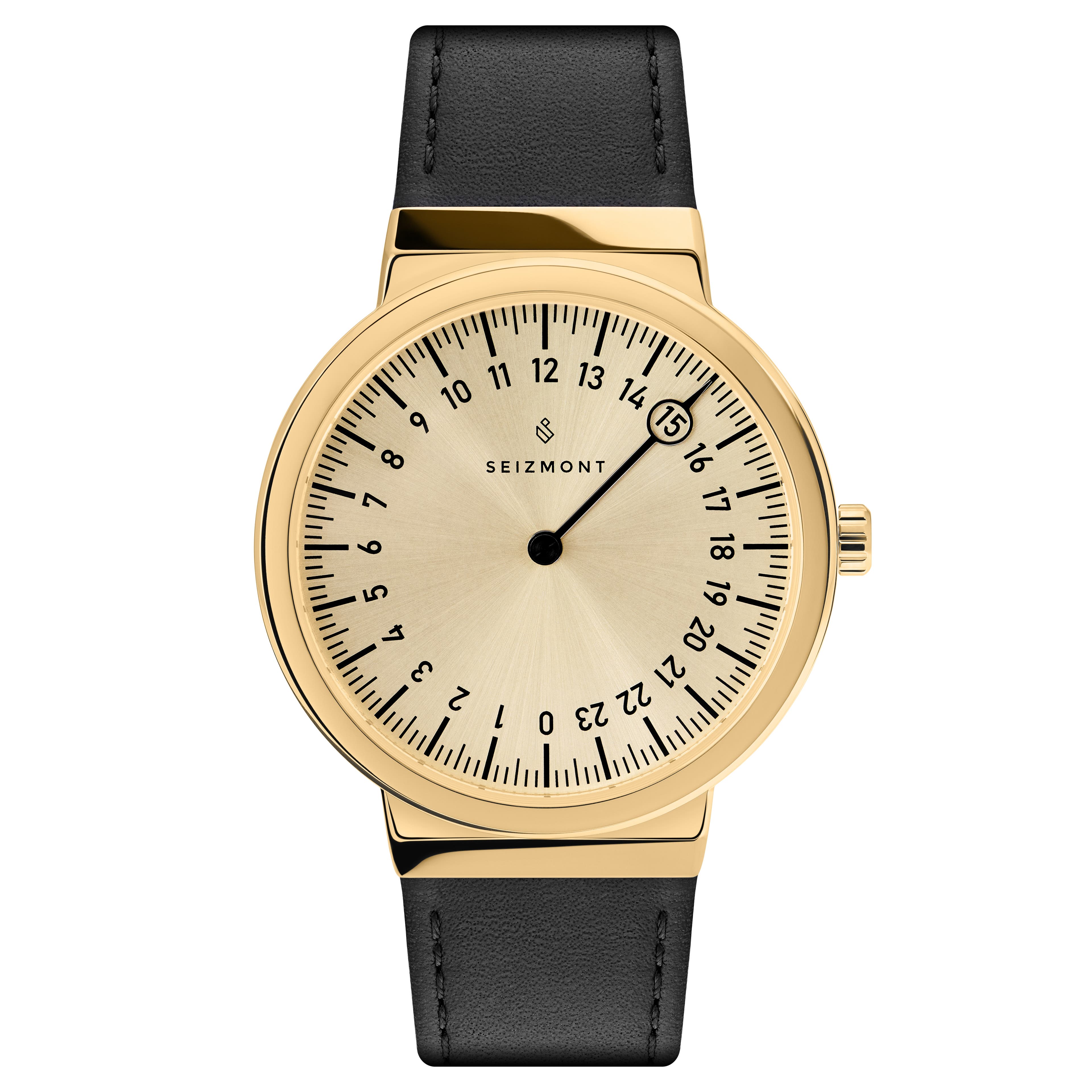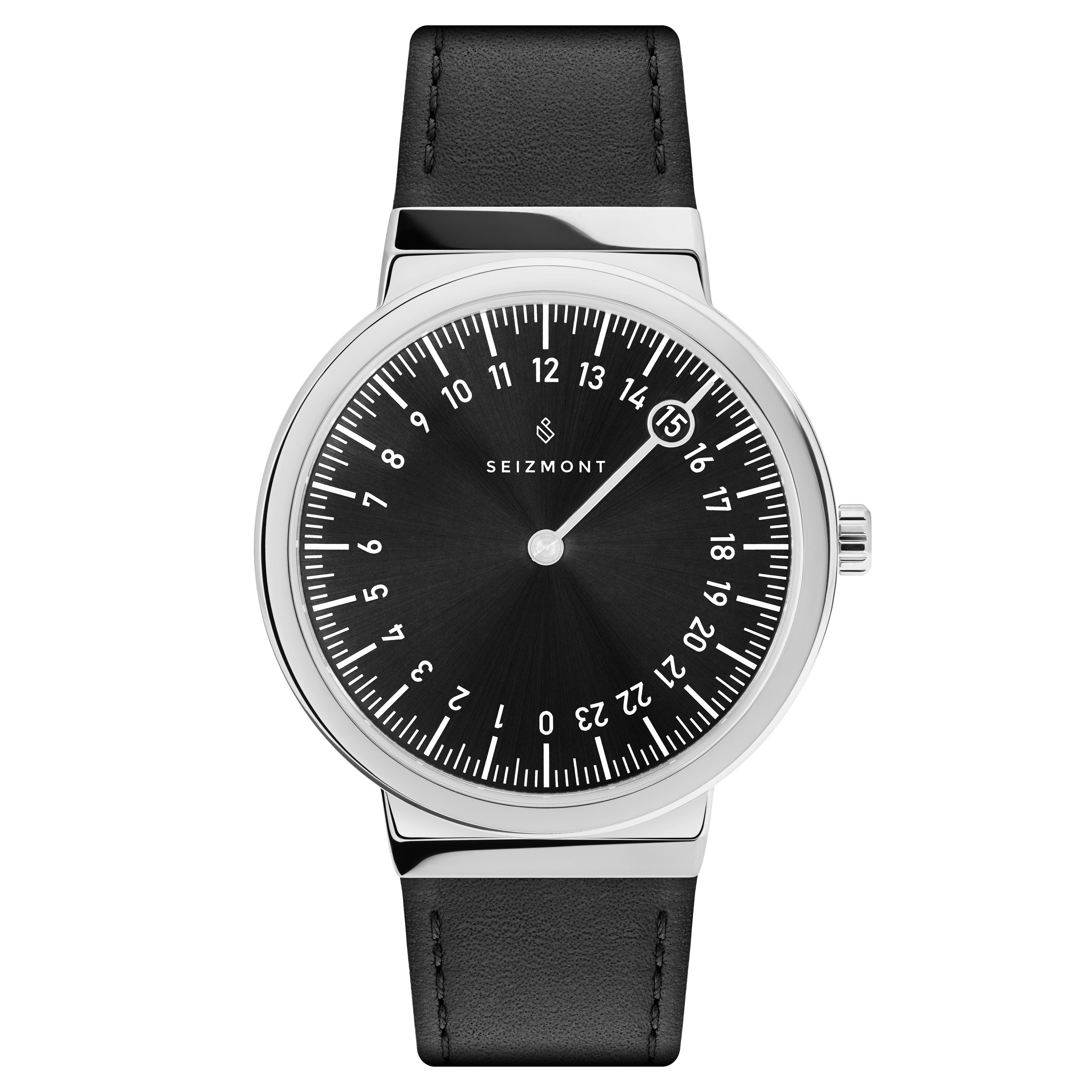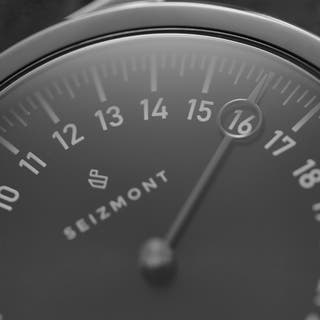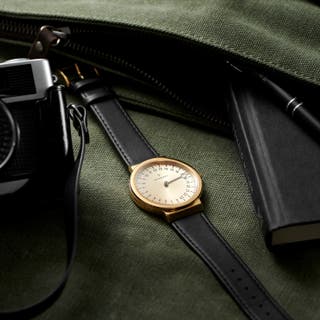What is a 24-Hour Single-Hand Watch & Why Should You Wear One
We’ve answered the most-searched questions about a single-hand watch with a 24-hour dial. From setting it to reading it, discover how looking at time differently can inspire you to see your story in a new light.
With a 24-hour single-hand watch, the hand will only pass once around the dial every day. In a way, time becomes less about seconds and minutes and more about the events that happen along the journey.
Single-hand watches are designed for people who decide for themselves how to arrange their time. As a wise man once said, ‘’We all live by the clock. Chances are, you could use a day off. Track time like our ancestors did. Cut yourself some slack.
Life is in your hands. Not the ones on your watch.’’
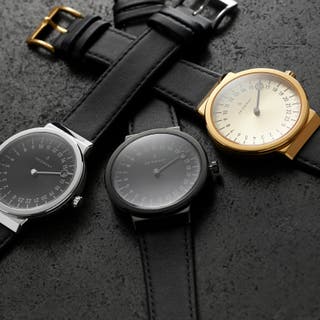
What is a 24-Hour Single-Hand Watch?
Most analogue watches we wear today have 2 or 3 hands. These indicate the hours, the minutes, and the seconds. A single-hand analog watch has 1 hand. If it’s the familiar 12-hour dial, this hand will circle the dial 2 times a day – 12 hours per revolution. If it’s a 24-hour dial, the needle makes one complete revolution each day – 24 hours for one full circle.
The 24-hour scale uses the numbers from 1 to 24 to mark the hours of the day. The idea of telling time with only 1 hand isn't a new trend or some fab marketing scheme. When pocket watches were first made, they only showed the hour… as did sundials before them. It wasn’t until 1680 that the minute hand was added, but it didn't become commonplace until much later.
A single-hand watch with a 24-hour dial is not to be confused with a field watch with multiple complications and a subdial for military time. Watches with one hand are not designed for the man seeking military precision. Quite the opposite, actually. One-handed watches are specifically designed to be minimal and remove the clutter of 2 extra hands.
Nowadays, with smartphones, notifications, and alerts everywhere we turn, it’s pretty difficult to not know the exact time of day. The beauty of these paired-back watches is that they remove the stress of being exactly on-time and the fascination with every second of every minute of every hour of… you get the idea.
It gives breathing room between the markers and lets you determine how to spend your time. And how to make the most of the one trip around the dial you get today.
How Does a One-Hand Watch Work
An analog watch with a single hand works the same way as a watch with 3. It’s the watch’s movement, or caliber, that makes it work. It will be powered by either automatic, mechanical, or quartz movement.
- Automatic Movement – The mechanism inside the watch is fuelled by kinetic energy from your wrist.
- Mechanical Movement – The watch requires manual winding of the crown to work.
- Quartz Movement – A battery powers the watch.
Single-hand watches can be designed with a 12-hour dial or a 24-hour dial. There is no universal rule on how the increments (minutes) between the numbers are laid out.
Some brands use a 12-hour dial with 144 marks that represent 5 minutes each, while others design a 24-hour dial with 144 marks at 10-minute increments.
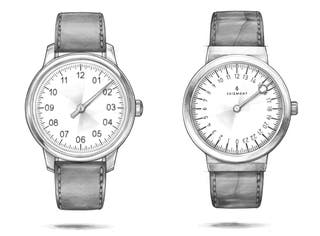
Whether you’re wearing a one-hand watch with a 12- or 24-hour dial, the needle represents the hour-hand and works the same as on a traditional 3-hand watch. It just ignores the minutes and seconds. Think of it as your chance to actually escape time.
How to Read Time on a Single-Hand 24-Hour Watch
Reading the time on a 24-hour watch with a single hand takes a bit of practice. It’s not a timepiece that you can glance at and know the exact time… so if you’re an exact person, be warned.
A 24-hour watch imitates the movement of the Earth itself – with the needle making only 1 rotation every 24 hours.
Depending on the watch design, you’ll usually find noon at the top of the dial (where it’s always been) and midnight at the bottom (where 6 o’clock is on a standard face). This mimics the rising of the sun during the day – reaching its apex at noon – and the setting of the sun at night.
Some 24-hour wristwatches place midnight at the top and noon at the bottom. Some have them at the traditional 9 and 3 o’clock positions. Whatever the layout, these 2 times – midnight and noon – will always be opposite each other.
To read the time on a single-handed 24-hour watch, you have to understand that the day is a complete circle and forget what you learned in primary school about the watch face.
Take a look at the sketches below. You’ll see the dial is broken down into 10-minute increments. This makes it almost impossible to know the exact time down the minute. But is it so bad if you show up at 14:56 instead of 14:58?
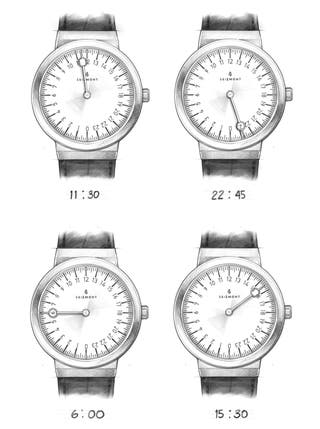
If you’re European, the idea of a 24-hour day isn't something crazy. But for our friends in the USA, 24-hour days are typically reserved for military personnel and scientists, and having to learn that time exists between 13 and 23:59 is something to get used to.
What is the biggest drawback to using a one-handed 24-hour watch?
The main disadvantage of a watch with only one hand is the learning curve. Whether you’re comfortable with tracking time on a 1-24 scale or not, relearning the positions of the dial markers takes time.
When the needle points to 3 o’clock, it’s now 18:00 on a 24-hour watch. Aviator watches were designed with the triangle icon at the top (noon) so you can quickly glance and know the time. All that convenience gets tossed out the window with a watch with a single hand and a 24-hour dial.
But even with the learning curve, there’s something symbolic about the complete circle that the hand makes each day. You get one shot to make each moment count. Maybe we’ve seen way too much Lion King, but the great circle of life gets us every time.
How to Set the Time on a One-Handed 24-Hour Watch
You set the time on a single-hand analogue watch the same way you do on a 3-hand watch. Time is set by turning the crown. Because each brand is different, follow the directions that came with your timepiece for specific instructions.
We suggest setting the time on the hour or half-hour. These are the easiest marks to identify on the dial and allow you to set the time accurately.
If you’re new to the world of 24-hour time, here we compare the hours of a 12-hour clock to a 24-hour one. We’ve only listed them from noon onwards as the ones before that (a.m. hours) are the same on both scales.
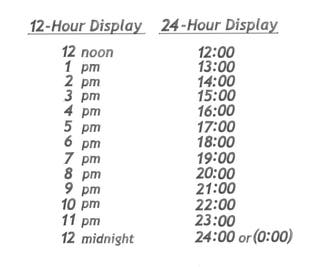

History of Time – Why We Use 24 Hours
Throughout most of the world, 24-hour time is the standardized timekeeping method. Although our American friends may disagree, the 24-hour scale removes the confusion of mixing up your 10:00 a.m. for 10 p.m. by numbering the hours from 0 to 24. You’ll never have to worry that you’re 12 hours early for a 6:00 flight when you know it takes off at 18:00.
In the English-speaking world (even the states), 24-hour time is referred to as ‘military time’ because it’s most often used in the military and in professions where accuracy is key and confusion is avoided at all cost.
Even though most of the world uses and understands the 24-hour time system, the vast majority of analog watches utilize a 12-hour dial. It’s not rare to find a subdial on some timepieces that includes the numbers 13-24. Even some field watches have another circle of numbers under the standard dial markers that represent 13-24.
With most of the world coming and going based on a 24-hour system, why aren’t all analog watches made that way? For the answer, we have to go back to the beginning of time… or at least to ancient Egypt.
Our 24-hour day comes from the Egyptians. They were the first to divide a day into two 12-hour segments. They started with 10 daytime hours and added 1 at the beginning and 1 at the end for twilight. These 10 hours were measured by sundials, while the nighttime was divided into 12 hours and tracked by observing the stars.
Egyptologists (not us!) believe that the ancient Egyptians did not track minutes or seconds. Guess they would have loved our 24-hour watches then! They also divided a month into 3 weeks of 10 days each. The start of the month was marked by the New Moon… maybe they would have liked a moonphase watch, too?
Now that 24-hour days are set… why are there 60 minutes in an hour and 60 seconds in a minute? We can thank the Babylonians, who used a sexagesimal system (a fancy word for counting in 60s), for all things related to math and astronomy. They derived this system from the Sumerians who were using it around 2,000 B.C. How’s that for stuff you didn’t know you needed to know?!
Fast-forward past Chinese candle clocks, Persian water clocks, and Japanese incense clocks and we come to what we know as clocks. In Medieval times, most used the 24-hour analog dial. One of the oldest examples is the Prague Astronomical Clock… and it still works! But this system was gradually replaced during the 14th and 15th centuries by the 12-hour system.
Because a 12-hour scale uses an hour-hand making 2 revolutions around the dial each day, new ways of talking about time had to be created. The Latin terms ante meridiem (a.m. - ‘before midday’) and post meridiem (p.m. - ‘after midday’) were used to distinguish between the day and night.
You can see that wearing a 24-hour watch really isn’t a new thing. It’s not a new trend or something we came up with. It’s the way it all began.
The ancient Egyptians built pyramids without knowing the exact minute and second of every hour. If they can do that… surely you can make something out of your story too.
Why Wear a 24-Hour Watch?
Maybe you work on a research station in Antarctica and have no idea whether it’s day or night. Or maybe you’re an astronaut with the same problem. Or – we bet this is the real reason – you think a single-hand 24-hour watch looks unique and you want it to help tell your story.
That hand won’t circle back around until tomorrow. You get one shot to make the most of the moment you’re in. One opportunity today to do something with it – even if it’s just having lunch or reading this article, that’s the moment. It’s a part of your story now. One of the many details that combine to form a life.
And with this new way of looking at time, you just might find a new way of looking at everything else. And we don’t see that as a bad thing.

